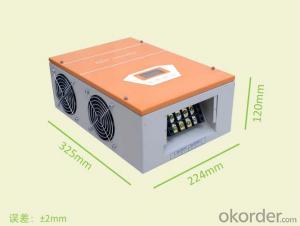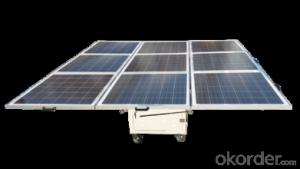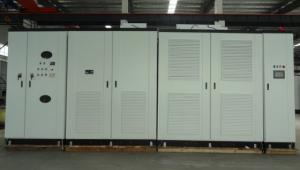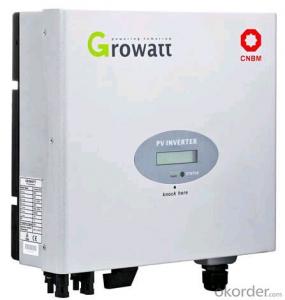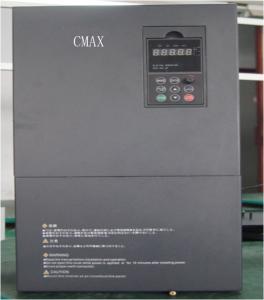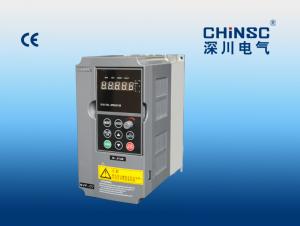Mppt Solar Inverter 3kva
Mppt Solar Inverter 3kva Related Searches
3kva Mppt Solar Inverter 3 Mppt Solar Inverter Solar Inverter 3kva 3kva Solar Inverter 3kv Solar Inverter 3kw Solar Inverter 3kw Inverter Solar Mpp Solar Inverter 3kva 2400w 3kva Hybrid Solar Inverter 3 Kva Solar Inverter Mppt Solar Inverter 2kva Mppt Solar Inverter Tesla Solar Inverter 3kva Solar Inverter 3 Kw Mppt Solar Power Inverter Mppt Inverter Solar 3kw Solar Hybrid Inverter 5kva Mppt Solar Inverter Solar 3 Phase Inverter 3 Kilowatt Solar Inverter 3kw Hybrid Solar Inverter 3 Phase Inverter Solar Hybrid Solar Inverter 3kw Solar Power 3 Phase Inverter 3 Phase Solar Power Inverter 3 Phase Solar Inverter China Solar Inverter 3kw 2kw Mppt Solar Inverter 3 Phase Solar Battery Inverter 3k Solar InverterMppt Solar Inverter 3kva Supplier & Manufacturer from China
The Mppt Solar Inverter 3kva is a high-efficiency solar power conversion device designed to optimize the performance of solar energy systems. This advanced inverter utilizes Maximum Power Point Tracking (MPPT) technology to ensure that the solar panels operate at their maximum power output, thereby enhancing the overall efficiency of the solar power system. The 3kva capacity of this inverter makes it suitable for a variety of residential and small-scale commercial applications.The Mppt Solar Inverter 3kva is widely used in various scenarios where reliable and efficient solar power conversion is required. It is commonly employed in off-grid solar systems, where it helps to convert the DC power generated by solar panels into AC power that can be used to power homes, businesses, and other facilities. Additionally, this inverter can also be used in grid-tied solar systems, where it helps to regulate the flow of power between the solar panels and the electrical grid. This versatile inverter is an essential component for those looking to harness the power of the sun and reduce their reliance on traditional energy sources.
Okorder.com is a reputable wholesale supplier of the Mppt Solar Inverter 3kva, offering a large inventory of this high-quality product at competitive prices. As a leading online platform for sourcing solar energy equipment, Okorder.com is committed to providing customers with reliable and efficient solutions for their solar power needs. By partnering with top manufacturers and suppliers, Okorder.com ensures that the Mppt Solar Inverter 3kva is available in ample quantities, allowing customers to take advantage of bulk purchasing opportunities and secure the best possible prices.
Hot Products

